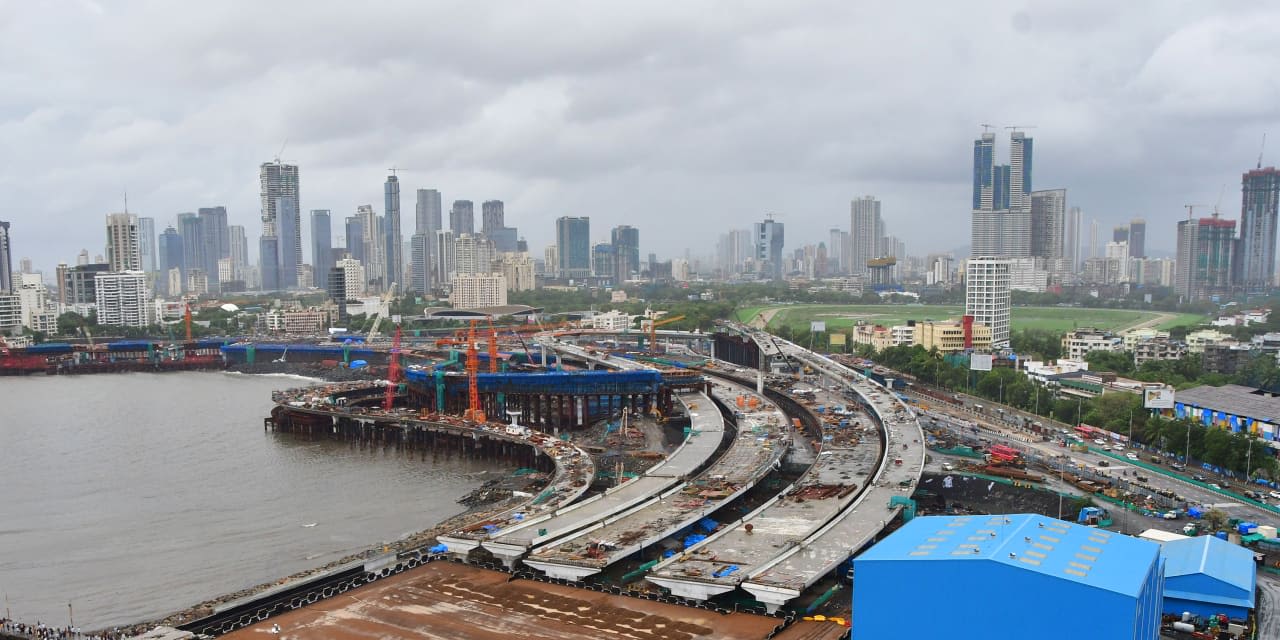Search results
People also ask
When did Mumbai become a state of India?
When did Bombay become a state?
When did Mumbai become the capital of South Asia?
Why is Bombay the capital of India?
The area of Bombay State increased, after several erstwhile princely states that joined the Indian union were integrated into the state. Subsequently, the city became the capital of Bombay State.
Following protests by the Samyukta Maharashtra movement in which 105 people were killed by police firing, Maharashtra State was formed with Bombay as its capital on 1 May 1960. Flora Fountain was renamed Hutatma Chowk ("Martyr's Square") as a memorial to the Samyukta Maharashtra movement.
- Overview
- City site
- Climate
Mumbai is the capital city of Maharashtra state in southwestern India. It is the country’s financial and commercial center and its principal port on the Arabian Sea.
When did Bombay restore its name to Mumbai?
Bombay restored its name to Mumbai officially in 1995. It became known as Bombay during the British colonial period. The name Bombay was possibly an Anglicized corruption of Mumbai or perhaps of Bom Baim (“Good Harbour”), supposedly a Portuguese name for the locale.
What kind of climate does Mumbai have?
The climate of Mumbai is warm and humid with monthly temperatures varying from 91 °F (33 °C) in May to 67 °F (19 °C) in January. Cool weather prevails from December to February and hot weather from March to May. The rainy season lasts from June to September and the post-monsoon season from October through November.
Who were the early inhabitants of Mumbai?
The city of Mumbai occupies a peninsular site on Bombay Island, a landmass originally composed of seven islets lying off the Konkan coast of western India. Since the 17th century the islets have been joined through drainage and reclamation projects, as well as through the construction of causeways and breakwaters, to form Bombay Island. East of the island are the sheltered waters of Mumbai (Bombay) Harbour. Bombay Island consists of a low-lying plain, about one-fourth of which lies below sea level; the plain is flanked on the east and west by two parallel ridges of low hills. Colaba Point, the headland formed on the extreme south by the longer of those ridges, protects Mumbai Harbour from the open sea.
Britannica Quiz
World Cities
The western ridge terminates at Malabar Hill, which, rising 180 feet (55 metres) above sea level, is one of the highest points in Mumbai. Between Colaba Point and Malabar Hill lies the shallow expanse of Back Bay. On a slightly raised strip of land between the head of Back Bay and the harbour is an area called the Fort, the site of the 17th-century British fortifications (little of which remains standing) within and around which the city grew; the area is now occupied chiefly by public and commercial offices. From Back Bay the land stretches northward to the central plain. The extreme northern segment of Mumbai is occupied by a large salt marsh.
The old city covered about 26 square miles (67 square km), stretching from Colaba Point on the southern tip of Bombay Island to the areas known as Mahim and Sion on its northern coast. In 1950 Mumbai expanded northward, embracing the large island of Salsette, which was joined to Bombay Island by a causeway. By 1957 a number of suburban municipal boroughs and some neighbouring villages on Salsette were incorporated into Greater Mumbai—the metropolitan region surrounding Bombay Island and the city itself. Since then Greater Mumbai has continued to expand.
Are you a student? Get Britannica Premium for only 24.95 - a 67% discount!
The climate of Mumbai is warm and humid. There are four seasons. Cool weather prevails from December to February and hot weather from March to May. The rainy season, brought by monsoon winds from the southwest, lasts from June to September and is followed by the post-monsoon season, lasting through October and November, when the weather is again ho...
- Chakravarthi Raghavan
Nov 30, 2023 · The Shiv Sena saw Bombay as a legacy of British colonialism and wanted the city’s name to reflect its Maratha heritage, hence renaming it to pay tribute to the goddess Mumbadevi. However, the name change wasn’t a singular incident specific to Mumbai. It is part of a larger, ongoing wave where places across India have undergone name changes ...
- Sridevi Nambiar
News about India, Wall Street, infrastructure
News about Delhi, Bihar, heat wave
Also in the news
From 1956 until 1960 Bombay was the scene of intense Maratha protests against the two-language (Marathi-Gujarati) makeup of Bombay state (of which Bombay remained the capital), a legacy of British imperialism.
The area of Bombay State increased, after several erstwhile princely states that joined the Indian union were integrated into Bombay State. Subsequently, Bombay City, the capital of erstwhile Bombay Presidency, became the capital of Bombay State. [5]
After India's independence in 1947, it became the capital of Bombay State. In the 1950 the city expanded to its present limits by incorporating parts of Salsette Island which lies to the north. After 1955, when the State of Bombay was being reorganized along linguistic lines into the states of Maharashtra and Gujarat, there was a demand that ...

